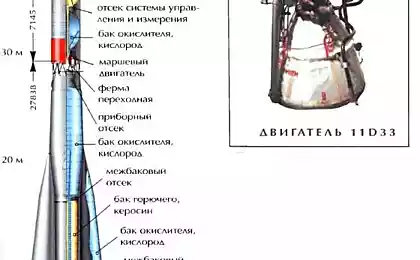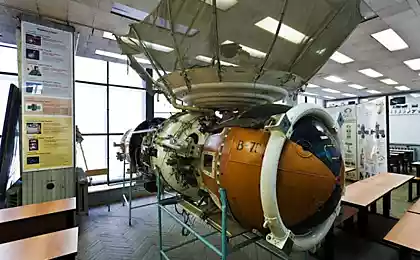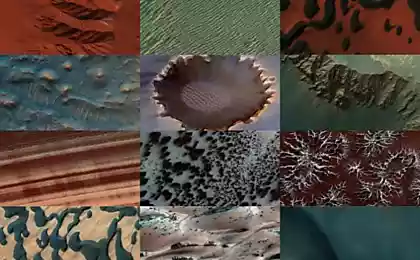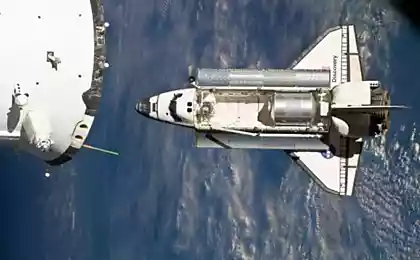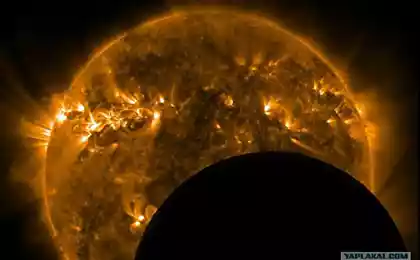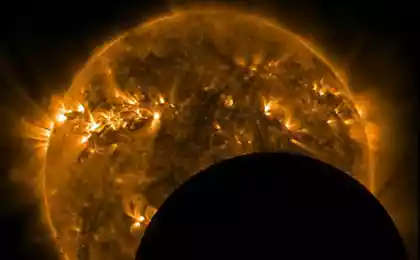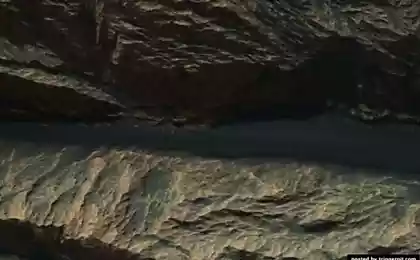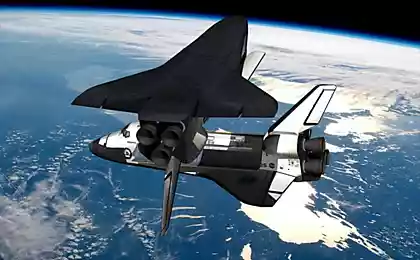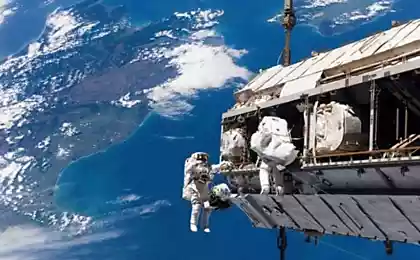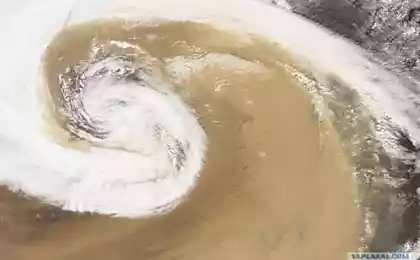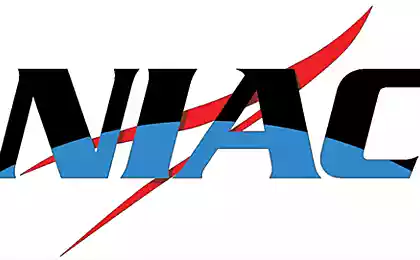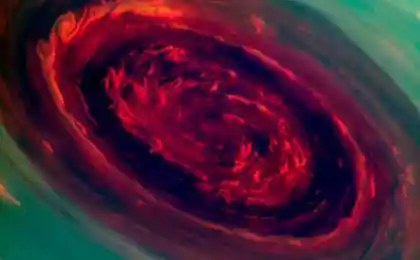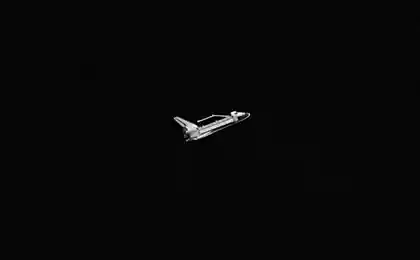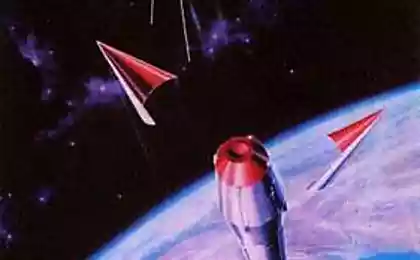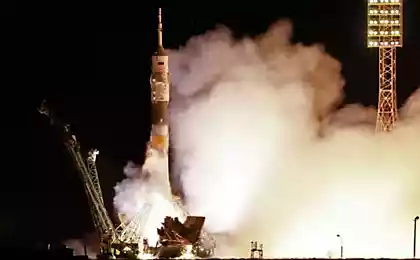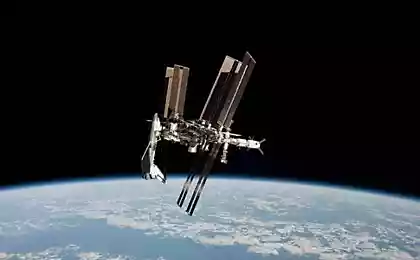464
Five of the most incredible missions of the future
BBC Future has chosen five of the most unusual missions, invented by space agencies. Among them are plans to catch an asteroid, sink the submarine under the ice of one of Jupiter's moons, and even travel to a distant star. To send astronauts to Venus orbit
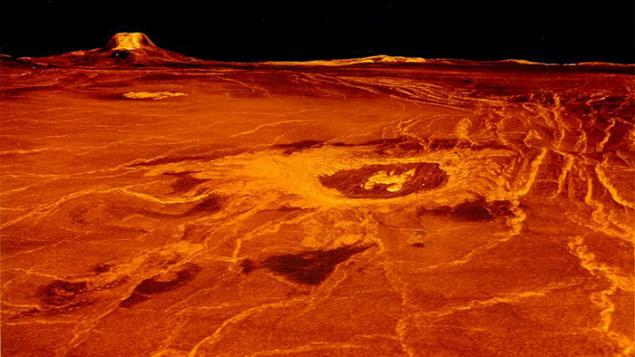
Thanks to the NASA probes we already know something about Venus, but can the astronauts to study it more? Venus is often called the evil twin of the Earth — it is the same size as our planet, but its atmosphere is toxic, and the sky pours acid rain. However, Geoffrey Landis and a team of NASA are exploring the possibility of sending astronauts to the orbit of the planet, to remotely control planetary Rovers on the surface. In this fantasy Landis doesn't stop: he believed that people could even live in the inflatable balloon in the upper atmosphere of Venus, over its poisonous clouds. Pressure and the air temperature very similar to earth, so it is likely that the inside of the globe, you can maintain a comfortable environment until it is freely floating without fuel. Conquer seas of Titan
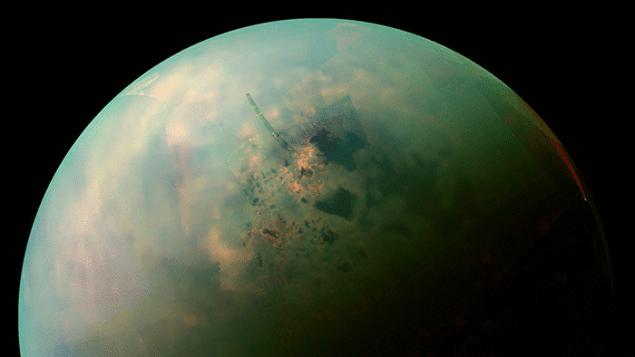
NASA On the surface of the seas of Titan, as suggested, can form floating ice floes from hydrocarbons. Whether they be a simple life? The climate system Titan is very similar to earth, except that the clouds before the rain leak to the surface and form lakes and seas, methane accumulate. Agency NASA and the European Congress of planetary research has proposed two missions landing ships on these seas. Of course, the obstacles are huge — the thick clouds preclude the use of solar energy, therefore, you will need nuclear fuel. Navigation through viscous seas suggests an innovative form of movement, something like drilling through the liquid. Unfortunately, NASA has frozen the mission and plans of the European Congress of planetary research is still in its infancy. To find life under the ice of Europe
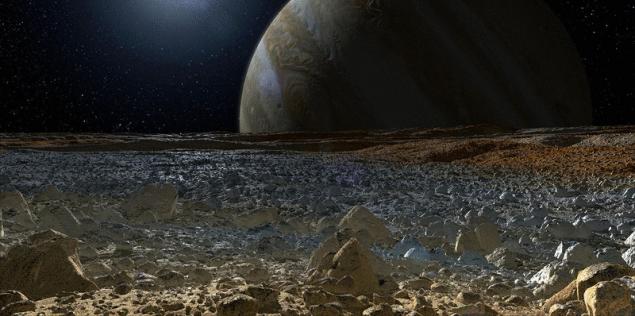
NASA Perhaps a more promising target is under the ice shell of Europe, one of Jupiter's moons. To the far reaches of the Solar system very little of the sun's heat, but the warm water can flow beneath the ice, heated by tectonic activity. To get there, take cryobot able to melted your way through several kilometers of ice.The current development of NASA called Valkyrie: heating the water using a nuclear power source, it sprays it on the ice and melts it, then collect the melted water to continue the process. A small prototype was tested this year in Alaska. It turned out that during the year the robot can overcome the 8 km of ice. Now that the project had funded for further development. If all fails, maybe we first meet aliens these warm oceans can be incubators of life. To catch an asteroid
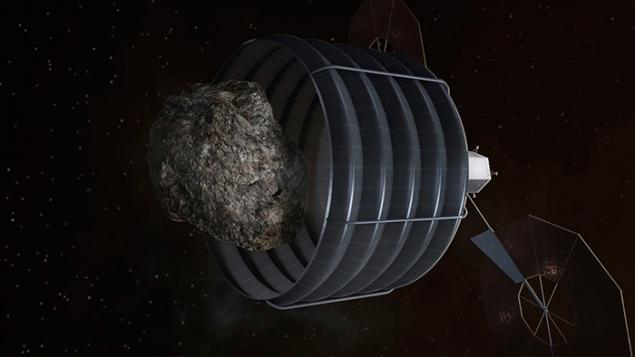
If NASA's goal of landing on the comet was ambitious, the mission of NASA to redirect an asteroid looks just absurd. The plan is to identify, capture and move an asteroid into orbit of our moon, where astronauts will be able to get to it to get samples. As the mission of "FILA", the analysis of space rock will give us new ideas about the origin of the Solar system, and the development of the technology in the future will help to deflect an asteroid heading toward Earth if Armageddon will go exactly in such a scenario.While NASA says that closely following six asteroids are potential targets. How to catch an asteroid yet to be decided, one option is to cover it with an inflatable bag. If all goes according to plan, NASA predicts that 15 years from now astronauts will be able to study the asteroid. To fly to alpha Centauri
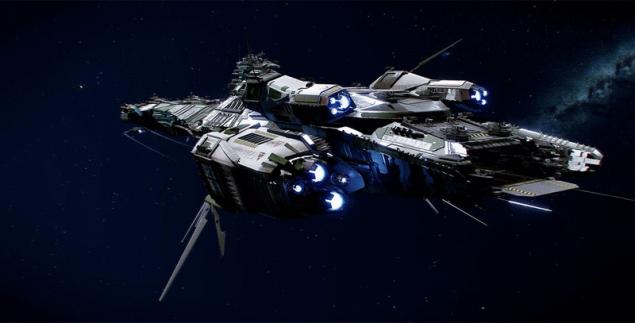
Roberts Space Industries will Leave the moons of Jupiter and distant asteroids plans to travel to alpha Centauri. If the project is "Centennial spaceship" will come true, then people born today will witness this giant leap for mankind. The essence of a joint venture of NASA and the Agency for defense advanced research projects USA (DARPA) "Centennial spaceship" in creating the framework that will allow people to fly to another star in the next hundred years.Now considering every possible aspect of the mission, including the hypothetical movement of antimatter, as well as strategies for overcoming the devastating effects of space travel on the human body. However, given the level of modern science, the chances of the project seem infinitely small. On the other hand, 150 years ago, the imagination of Jules Verne about landing on the moon never made sense, at that time people even on the plane still flew. So the last film Christopher Nolan may not be so fantastic.
Source: theoryandpractice.ru/posts/10091-pyat-kosmicheskikh

Thanks to the NASA probes we already know something about Venus, but can the astronauts to study it more? Venus is often called the evil twin of the Earth — it is the same size as our planet, but its atmosphere is toxic, and the sky pours acid rain. However, Geoffrey Landis and a team of NASA are exploring the possibility of sending astronauts to the orbit of the planet, to remotely control planetary Rovers on the surface. In this fantasy Landis doesn't stop: he believed that people could even live in the inflatable balloon in the upper atmosphere of Venus, over its poisonous clouds. Pressure and the air temperature very similar to earth, so it is likely that the inside of the globe, you can maintain a comfortable environment until it is freely floating without fuel. Conquer seas of Titan

NASA On the surface of the seas of Titan, as suggested, can form floating ice floes from hydrocarbons. Whether they be a simple life? The climate system Titan is very similar to earth, except that the clouds before the rain leak to the surface and form lakes and seas, methane accumulate. Agency NASA and the European Congress of planetary research has proposed two missions landing ships on these seas. Of course, the obstacles are huge — the thick clouds preclude the use of solar energy, therefore, you will need nuclear fuel. Navigation through viscous seas suggests an innovative form of movement, something like drilling through the liquid. Unfortunately, NASA has frozen the mission and plans of the European Congress of planetary research is still in its infancy. To find life under the ice of Europe

NASA Perhaps a more promising target is under the ice shell of Europe, one of Jupiter's moons. To the far reaches of the Solar system very little of the sun's heat, but the warm water can flow beneath the ice, heated by tectonic activity. To get there, take cryobot able to melted your way through several kilometers of ice.The current development of NASA called Valkyrie: heating the water using a nuclear power source, it sprays it on the ice and melts it, then collect the melted water to continue the process. A small prototype was tested this year in Alaska. It turned out that during the year the robot can overcome the 8 km of ice. Now that the project had funded for further development. If all fails, maybe we first meet aliens these warm oceans can be incubators of life. To catch an asteroid

If NASA's goal of landing on the comet was ambitious, the mission of NASA to redirect an asteroid looks just absurd. The plan is to identify, capture and move an asteroid into orbit of our moon, where astronauts will be able to get to it to get samples. As the mission of "FILA", the analysis of space rock will give us new ideas about the origin of the Solar system, and the development of the technology in the future will help to deflect an asteroid heading toward Earth if Armageddon will go exactly in such a scenario.While NASA says that closely following six asteroids are potential targets. How to catch an asteroid yet to be decided, one option is to cover it with an inflatable bag. If all goes according to plan, NASA predicts that 15 years from now astronauts will be able to study the asteroid. To fly to alpha Centauri

Roberts Space Industries will Leave the moons of Jupiter and distant asteroids plans to travel to alpha Centauri. If the project is "Centennial spaceship" will come true, then people born today will witness this giant leap for mankind. The essence of a joint venture of NASA and the Agency for defense advanced research projects USA (DARPA) "Centennial spaceship" in creating the framework that will allow people to fly to another star in the next hundred years.Now considering every possible aspect of the mission, including the hypothetical movement of antimatter, as well as strategies for overcoming the devastating effects of space travel on the human body. However, given the level of modern science, the chances of the project seem infinitely small. On the other hand, 150 years ago, the imagination of Jules Verne about landing on the moon never made sense, at that time people even on the plane still flew. So the last film Christopher Nolan may not be so fantastic.
Source: theoryandpractice.ru/posts/10091-pyat-kosmicheskikh
